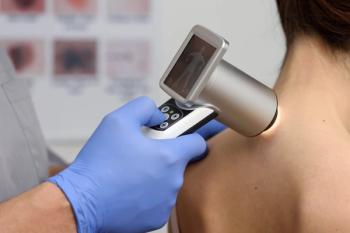
COVID-19 Reaffirms: RPM is Wise Investment for Health Insurers
Significant attention has been paid to the recent surge in telehealth. This attention is valid. While usage of telehealth has declined from the initial months of the pandemic, FAIR Health data show that telehealth claim lines had increased more than 2,800% nationally from December 2019 to December 2020.
Significant attention has been paid to the recent surge in telehealth. This attention is valid. While usage of telehealth has declined from the initial months of the pandemic, FAIR Health
A subset of telehealth that has somewhat flown under the radar over the past year is remote patient monitoring (RPM). While health insurers had begun to embrace RPM before the pandemic, its usage surged as patients found themselves looking for ways to reduce the need to leave their homes. This included trying to decrease the number of visits to healthcare providers for ongoing and emergent care.
For private payers offering traditional insurance, health maintenance organizations (HMOs), and those health plans with a "virtual-first" offering (i.e., insurance that makes telemedicine a foundational part of care delivery), the benefits of providing coverage for RPM have been made increasingly clear.
RPM as a Difference Maker
What makes RPM so valuable to health insurers? Perhaps most significantly, it's been shown to reduce hospitalizations, readmissions, and lengths of hospital stays, according to data
Allowing for more virtual telemedicine care is another strong argument for expanding RPM coverage. One significant barrier to telemedicine in primary care is the difficulty of taking patients' physiological measurements. Self-reporting of vitals and measurements have historically experienced compliance and reliability problems.
Alternatively, RPM allows patients to take these important vital measurements in preparation for a virtual visit with built-in validation and accuracy. Thus, RPM eliminates one of the main barriers to virtual primary care, which can save time and money for the patient and insurer.
RPM can then be further utilized in a more comprehensive way as part of a patient’s ongoing care plan progress to help determine patient-specific goals and better engage appropriate caregivers in shared decision-making. This coordination increases patient engagement with their provider while also increasing their satisfaction with and loyalty to the insurer.
Usage of RPM has been linked to
Given these many benefits, it is not surprising that some insurers have begun to follow Medicare’s lead and cover RPM. Many of the “virtual-first” pans that were launched this year by Oscar Health and others include RPM as a fundamental part of the plan. Some states, such as Louisiana, have begun to mandate some coverage for RPM, and many Medicaid programs are also starting pilots.
Meeting Members' (Virtual) Needs
On top of all the cost savings and patient benefits, patients-as-consumers are starting to demand more telehealth options, including the use of remote monitoring and coordination. A Healthgrades consumer survey
Daniel Tashnek is the co-founder of
Newsletter
Get the latest industry news, event updates, and more from Managed healthcare Executive.






















































